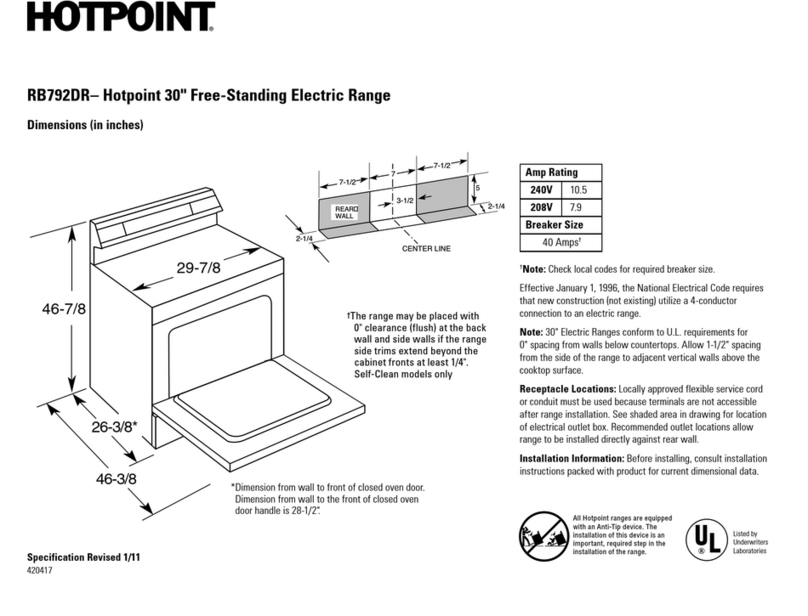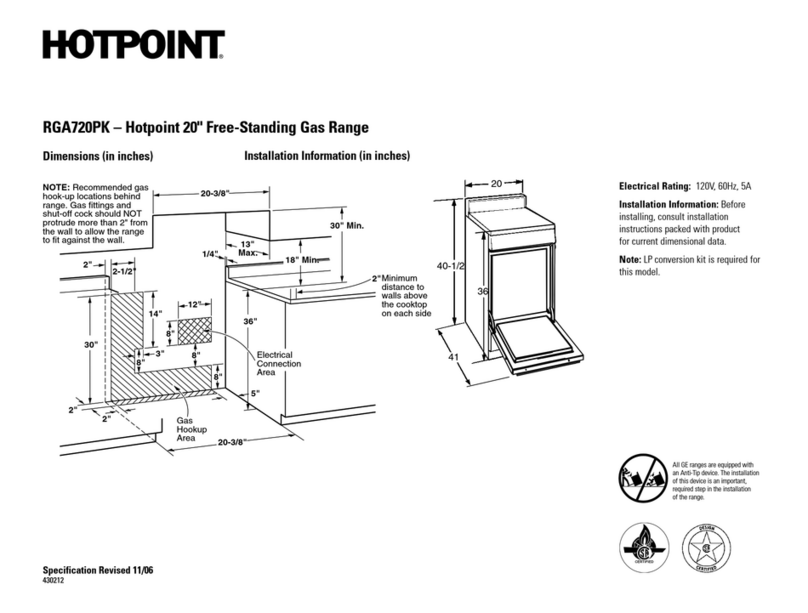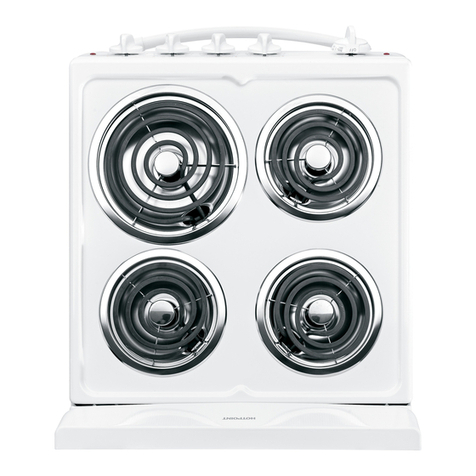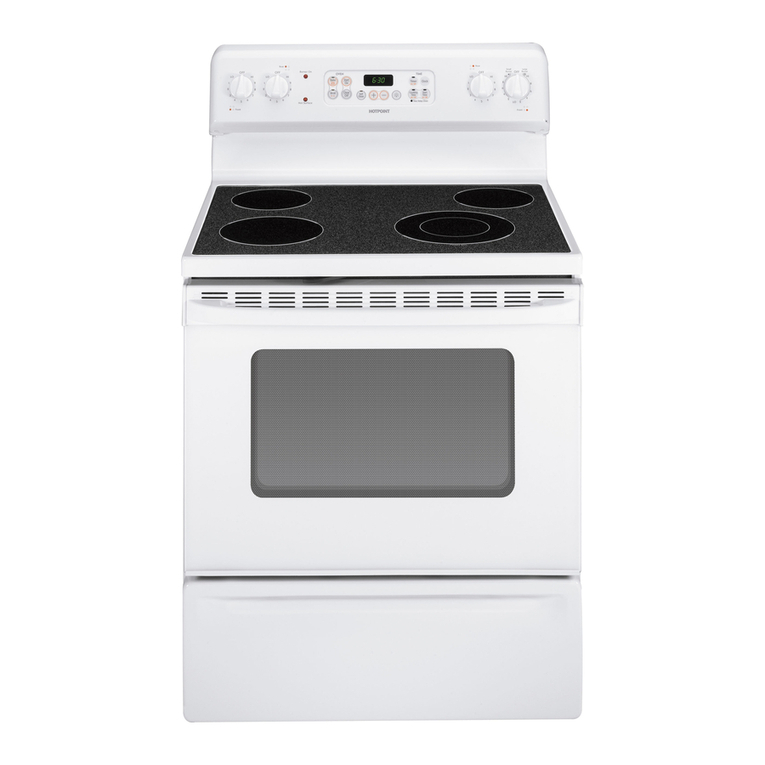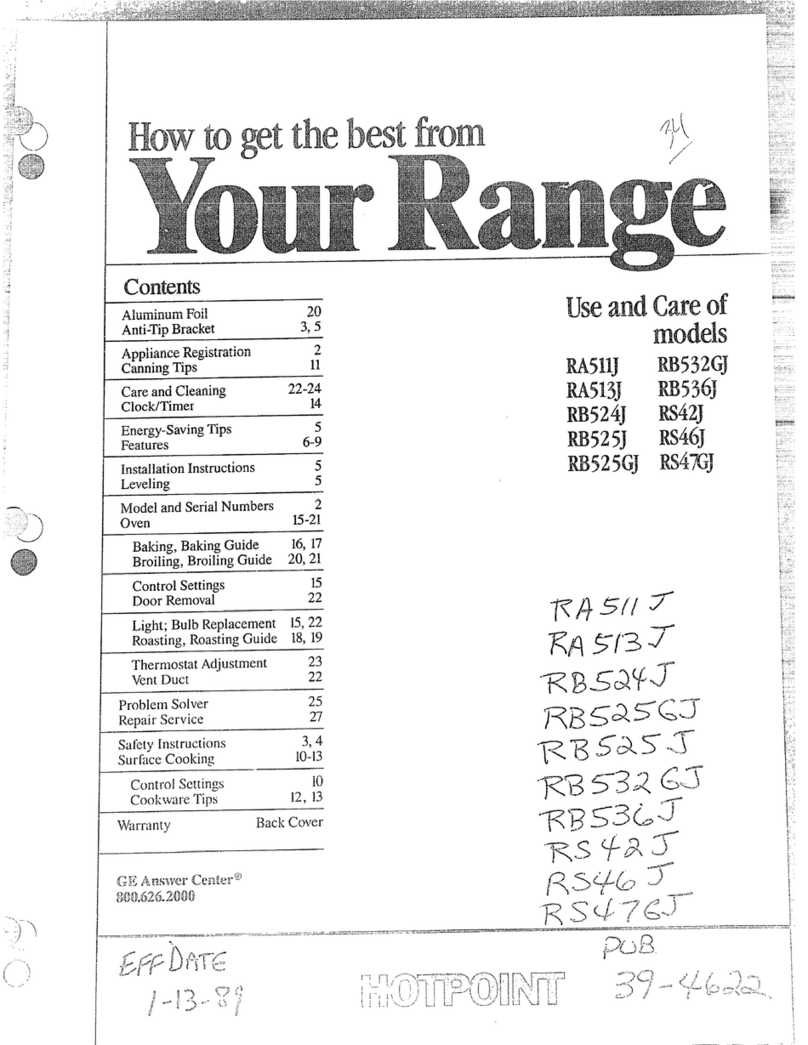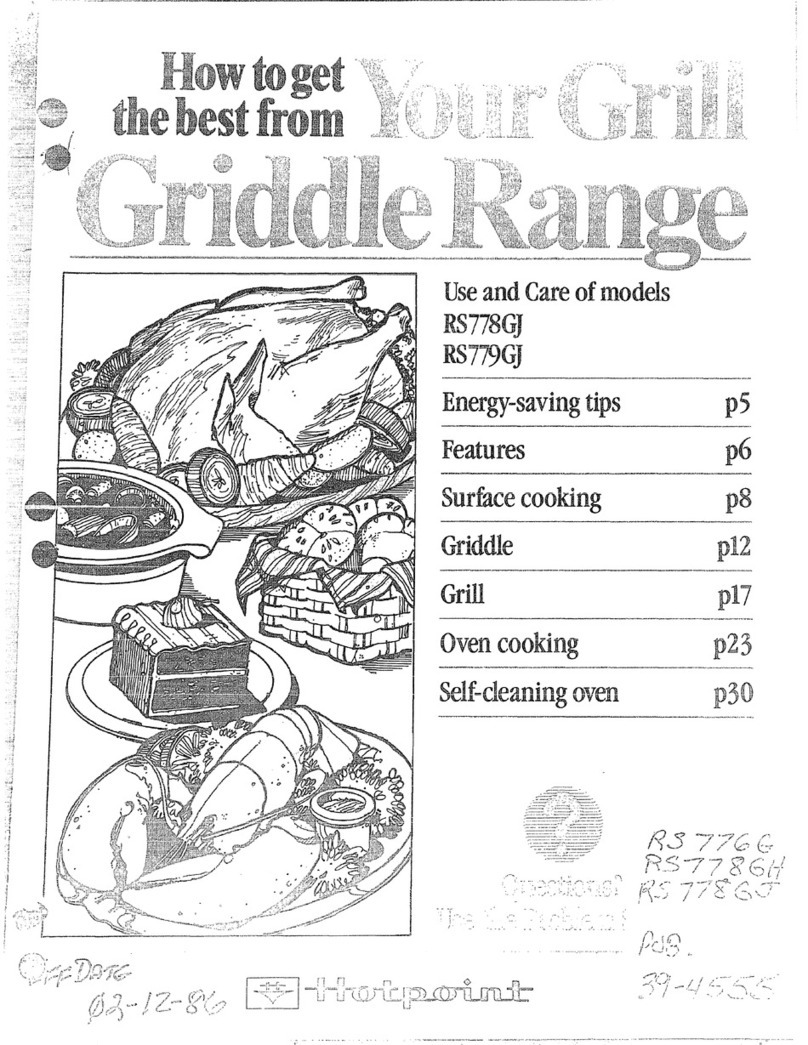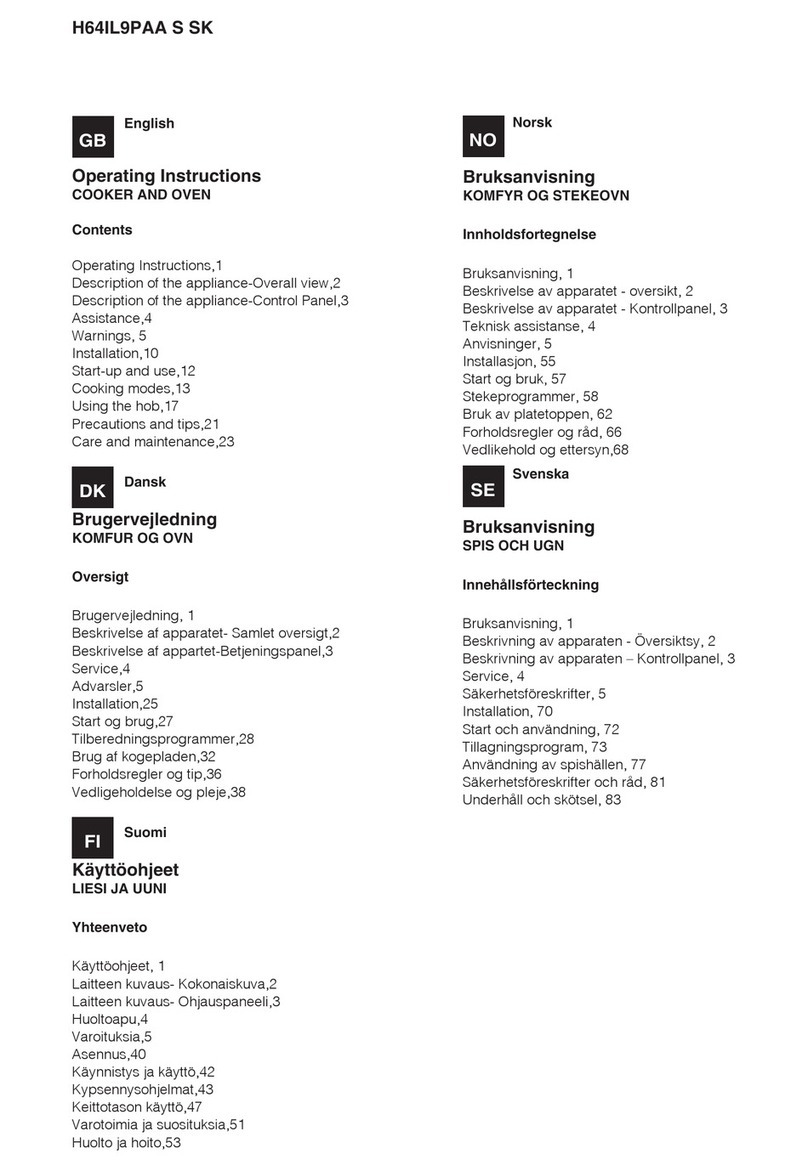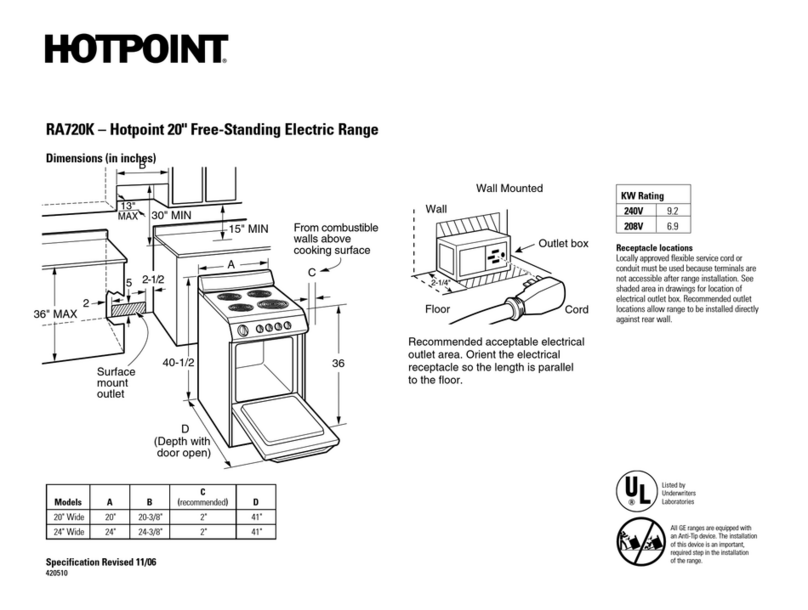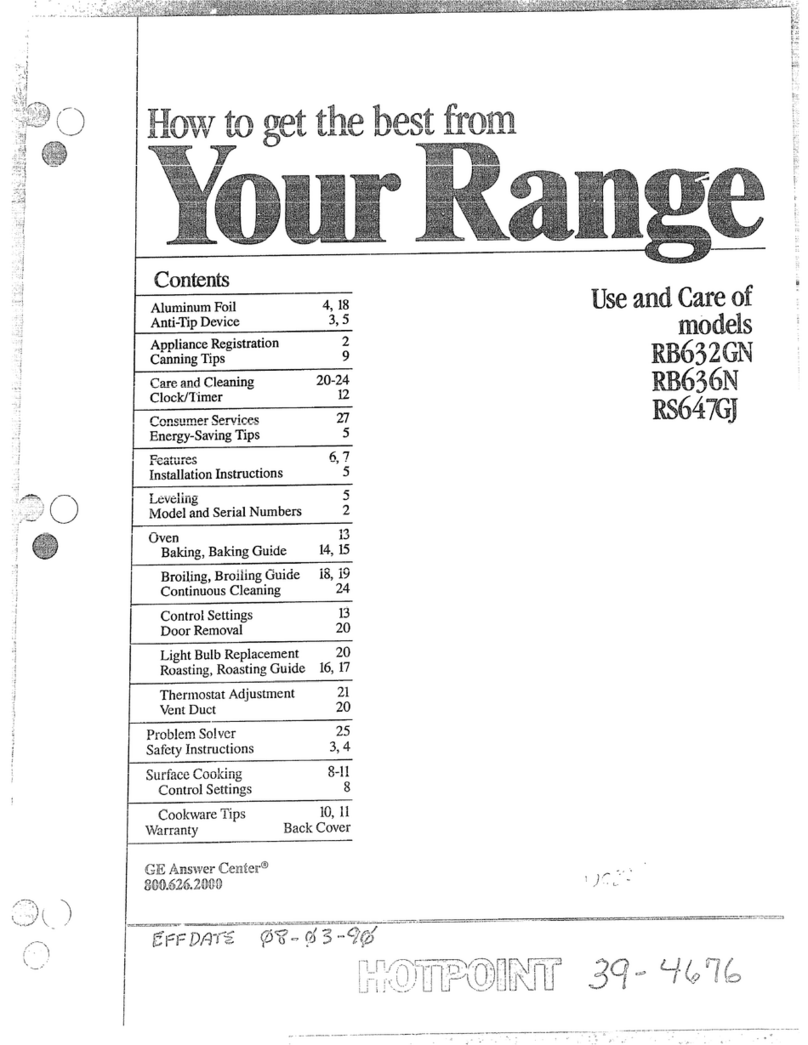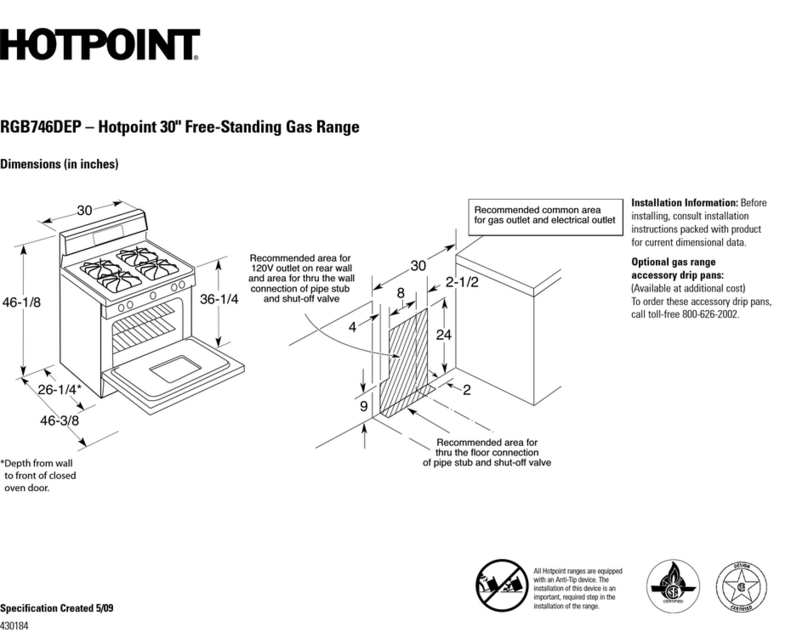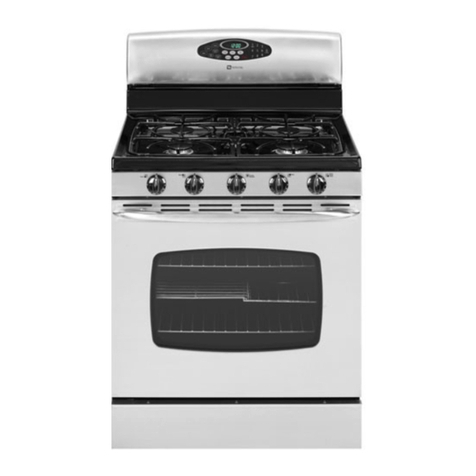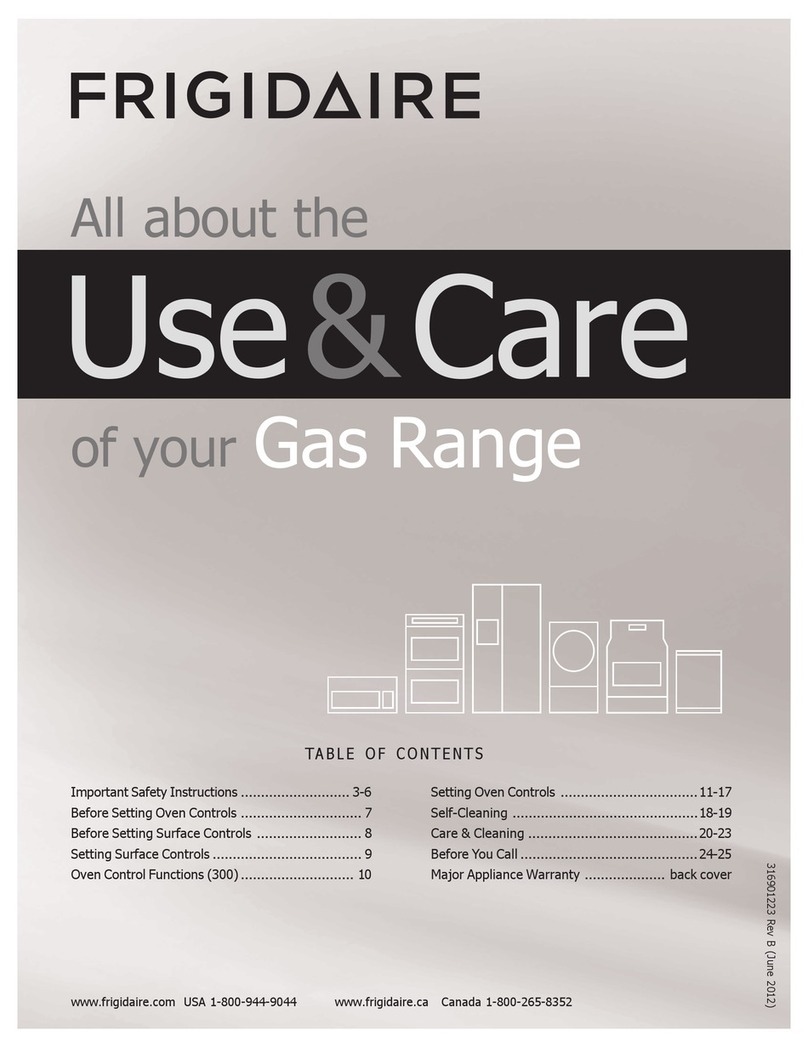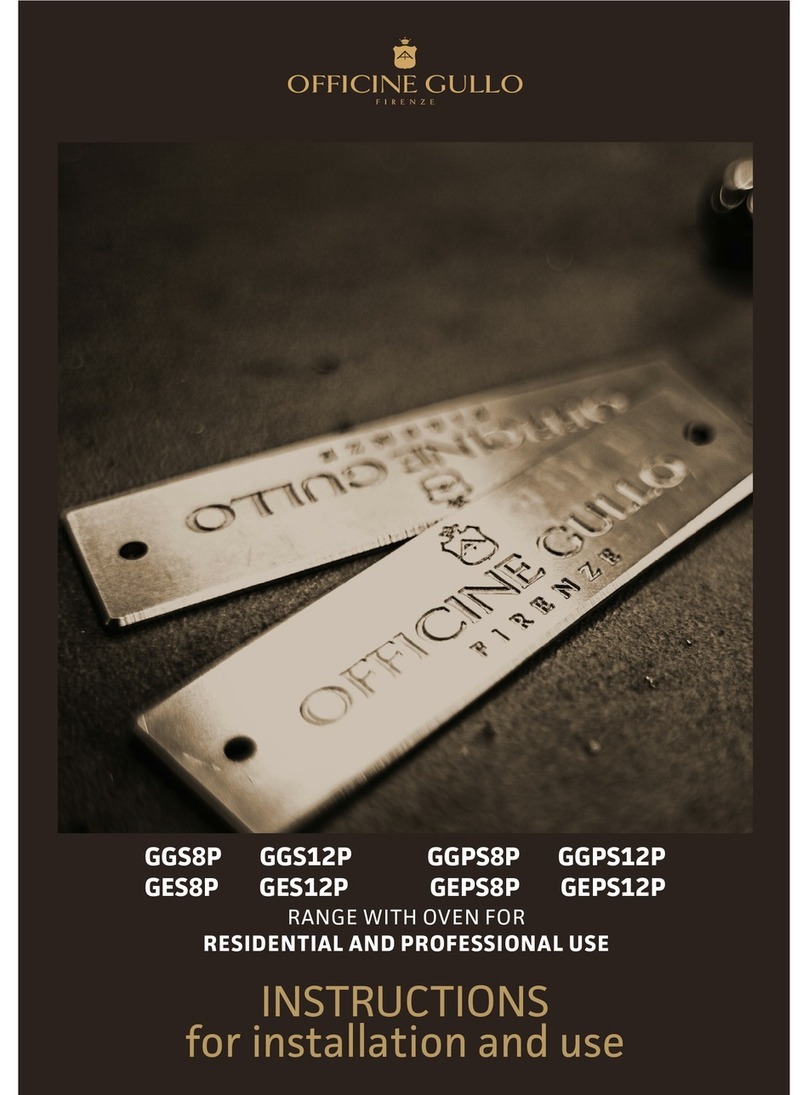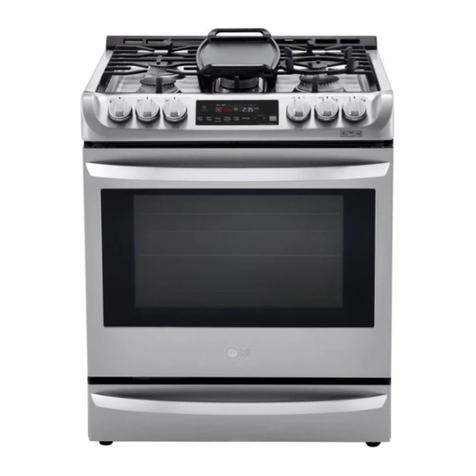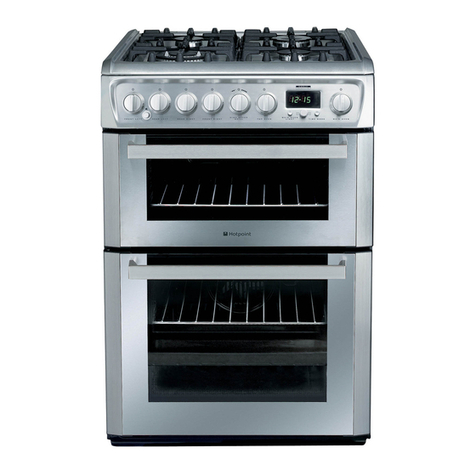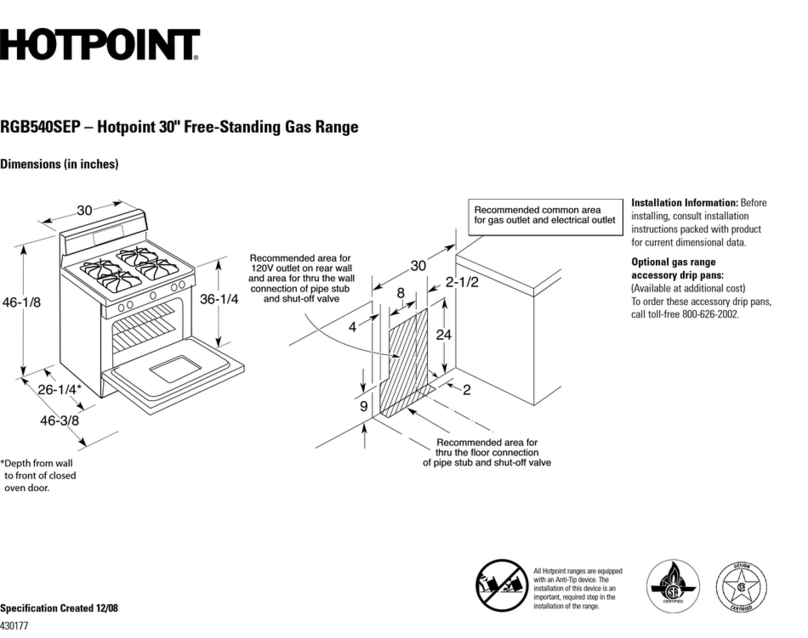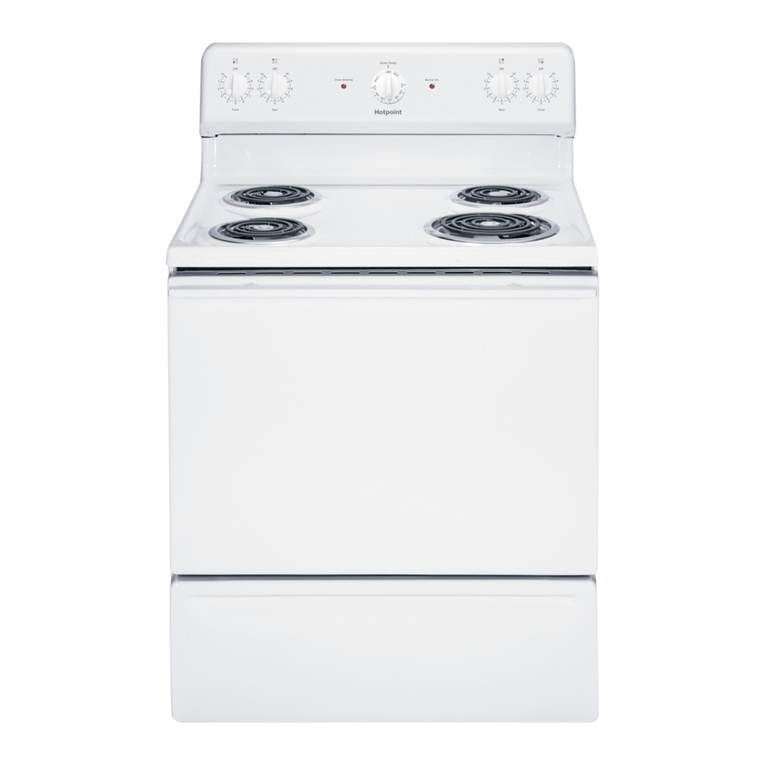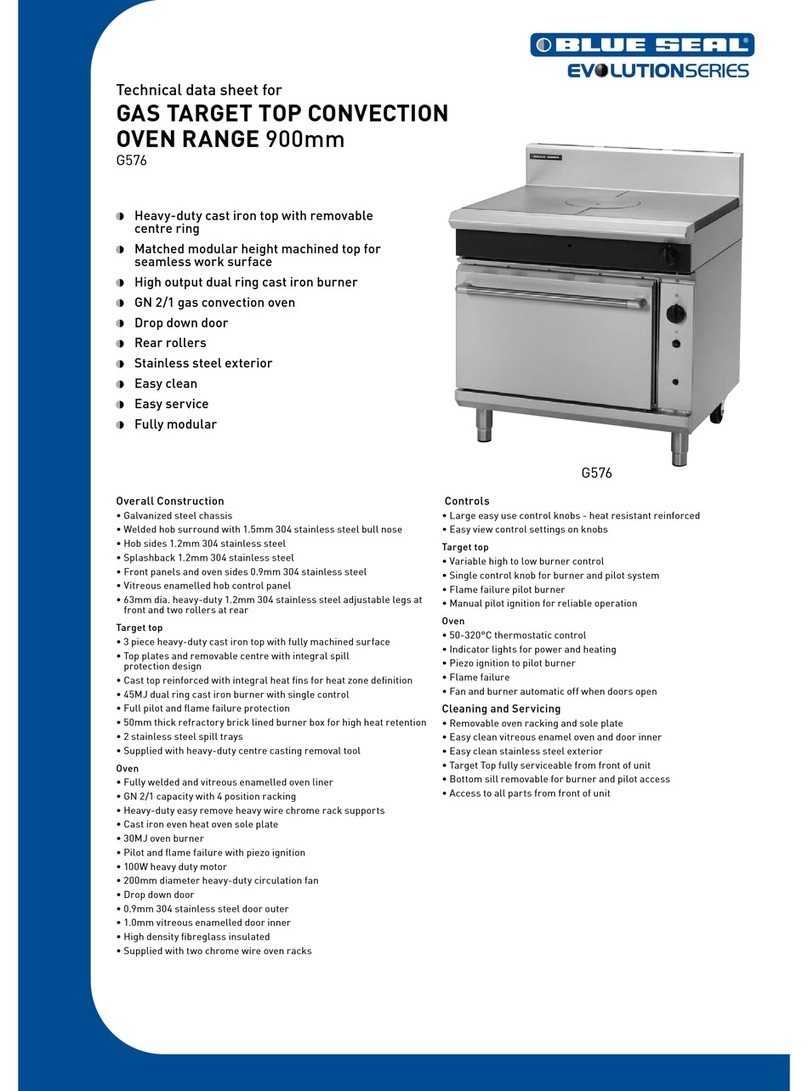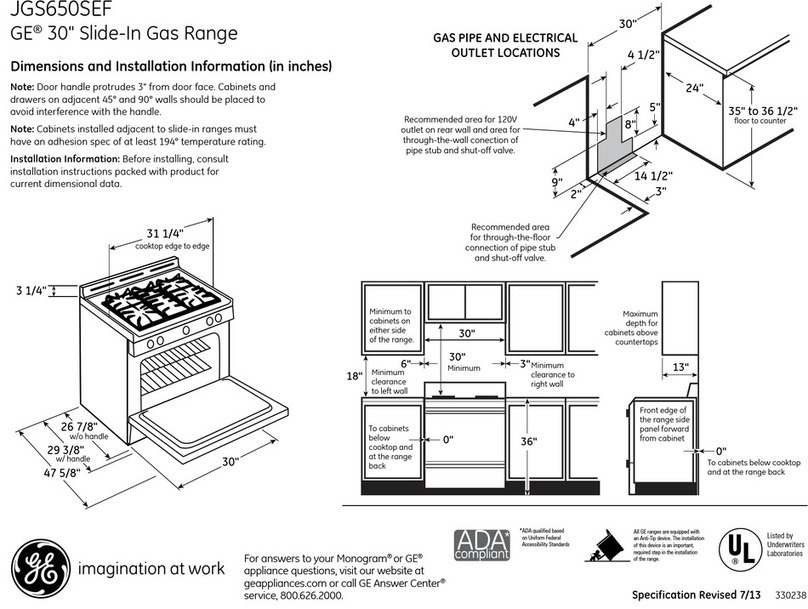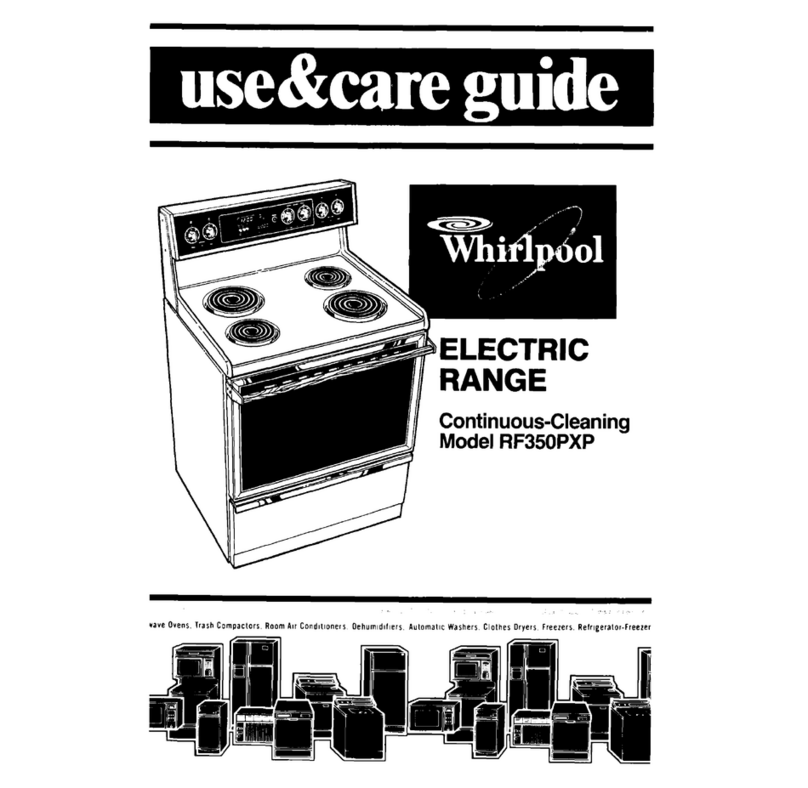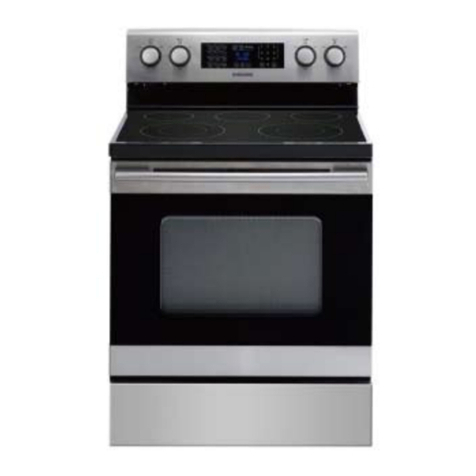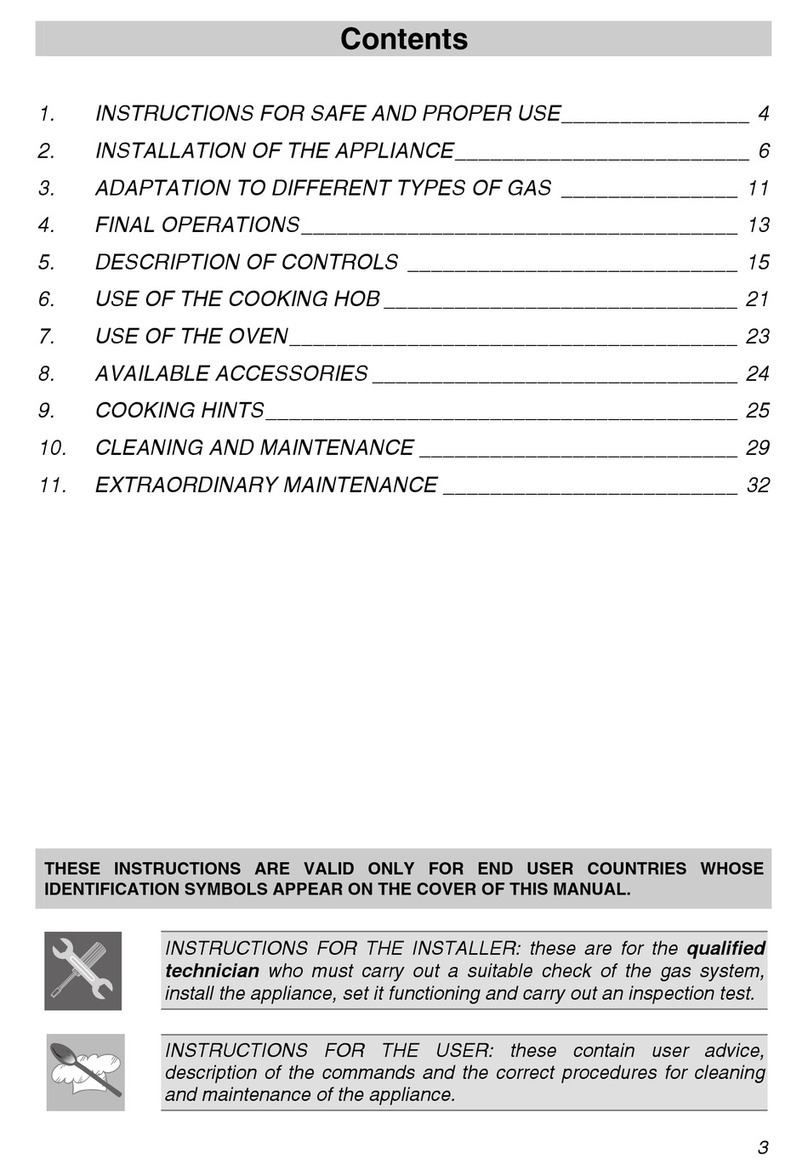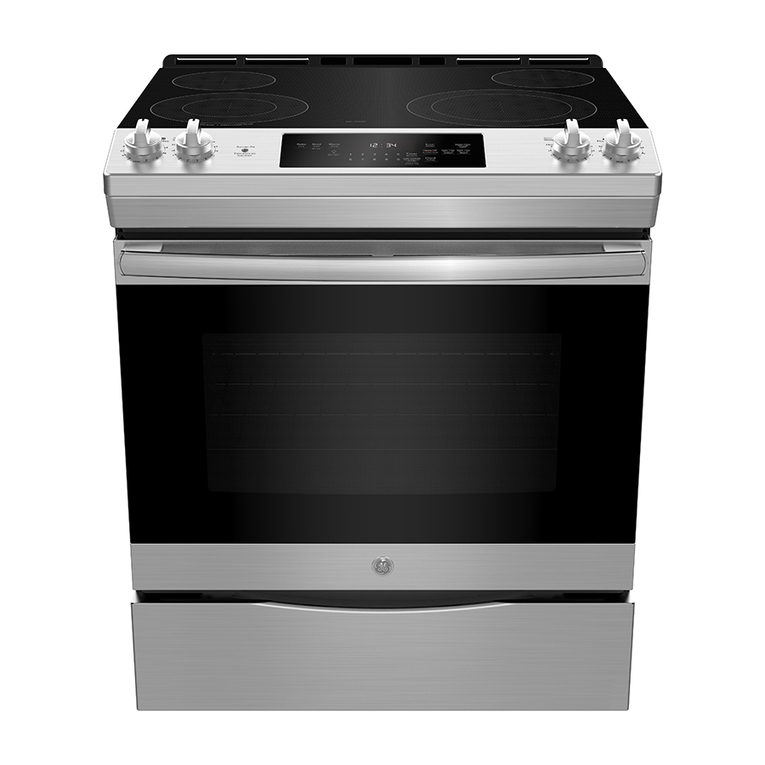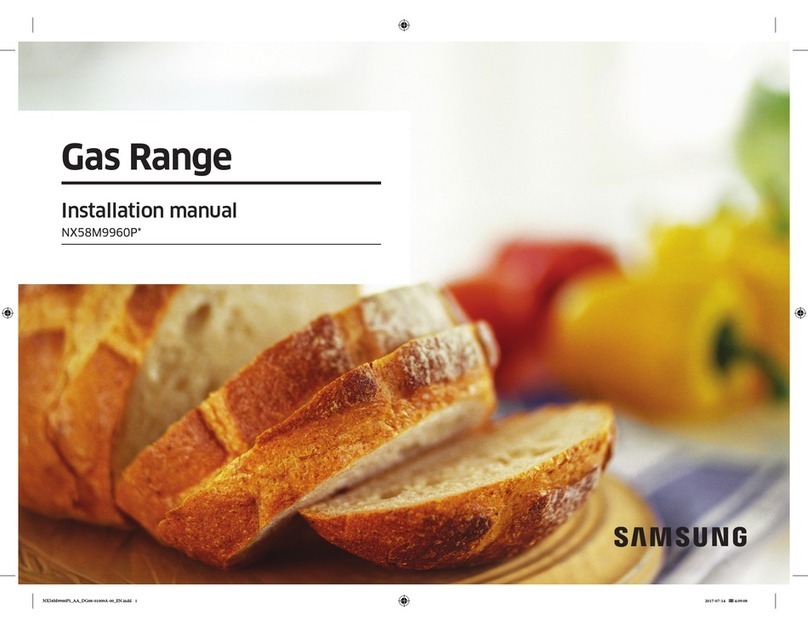
.4. Yes,butonlyusecookware
.designedforcanningpurposes.
Checkthe manufacturer’s
-.
—instructionsand recipesfor
preservingfoods.Besurecanner
isfiaf-bottomedand fitsoverthe
centerofthe surfaceunit. Since
canninggenerateslargeamountsof
steam,be carefulto avoidburns
fromsteamor heat. Canningshould
onlybedone on surfaceunits.
Q. can ICovermy drip pans with
foil?
A. No. Clean asrecommendedin
CleaningGuide.
A. Cookwarewithoutflatsurfaces
isnotrecommended.The lifeof
the surfaceunitcanbe shortened
andtherangetopcan be damaged
fromthehighheat neededforthis
typeofcooking.
Q. Why am Inotgettingtheheat
1need from my surfaceunits
eventhough I havetheknobs on
therightsetting?
A. After turningsurfaceunitsoff
andmaking surethey are cool,
checkto make surethatthe plug-in
unitsare securely fastenedintothe
surfaceconnection.
A. Becausethe surfaceunitisnot
flat. Make surethatthe “feet” on
thesurfaceunitis sittingtightlyin
the rangetop indentationandtlIe
reflectorring isflaton the range
surface.
A. If yousetthe surfaceunithigher
thanrequired forthe cookware
material, and leaveit, tilefinish
maysmoke, crack, pop orburn,
dependingon the typeofcookware.
Also,cookingsmallamountsofdry
foodor cookingat high neatfor
longperiods maydamagethe
cookware’sfinish.
HomeCanningmps
Potsthat extend beyondoneinch of
cookingelement’strim ring are not
recommended formost surface
cooking. However,when canning
with water-bath or pressure canner,
large-diameterpotsmay be used.
This isbecause boilingwater
temperatures (evenunder pressure)
are notharmful to cooktop surfaces
surrounding the surface units.
HOWEVER,DoNOTUSE
LARGE-DIAMETER CANNERS
OR OTHER LARGE-DIAMETER
Pms FOR FRmG OR BolLmG
FOODS QTHER THAN WATER.
lVlostsyrup or sauce mixtures—
Qnd a~~types offrying—cook at
temperatures much higher than
[~oili~~gwater. Such temperatures
could eventually harm cooktop ,
surfaces surrounding the surface
~1[~~~~.
observeFollowingPoints
incanning
1. Be sure the canner fitsoverthe
center ofthe surfaceunit. If your
rangeor itslocationdoes not allow
the canner to be centered on the
surfaceunit, use small-diameter
potsfor good canningresults.
2. Flat-bottomed canners must
be used. Do not usecanners with
flangedor rippled bottoms (often
foundin enamelware) because they
don’tmake enough contact with the
surface unit and taketoo long to
boil water.
mGHT $VRONG
3. When canning, use recipesand
procedures from reputablesources.
Reliablerecipes and procedures are
availablefrom the manufacturer of
yourcanner; manufacturersof
glassjars for canning, such as Ball
and Kerr; and the United States
Department ofAgriculture
Extension Service.
4. Remember that canning is
aprocess that generates large
amountsof steam. To avoid.burns
from steam or heat, be careful
when canning.
N~E: If your range is being
operated on lowpower (voltage),
canning may take1onger than
expected, even though directions
havebeen carefully followed. The
process time will be shortened by:
(1)using apress~~ec~~~e~,and
(2)starting with HOT tap water for
~asiesthe;ing oflarge quantities
ofwater.
—.. ——.——-.—-.
—..-

